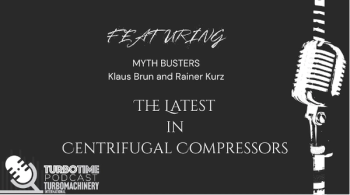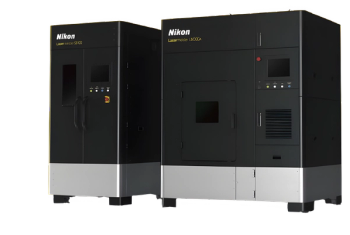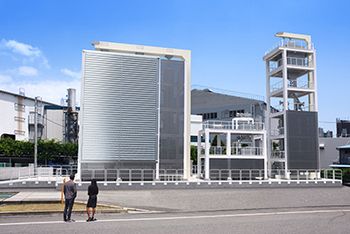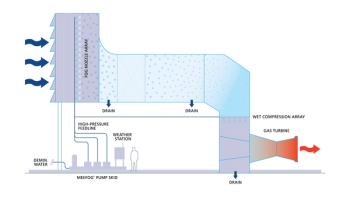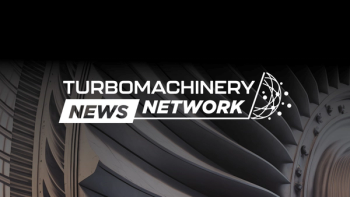
Q&A with Ebara Elliott Energy: Best Pumps for Ammonia Applications
Key Takeaways
- Magnetically coupled and canned motor pumps are optimal for ammonia, offering minimal leakage and high-pressure containment.
- Magnetically coupled pumps suit higher flow applications, while canned motor pumps are better for high-pressure scenarios.
Although sealless pumps are optimal designs for ammonia applications, operational challenges may include monitoring the nitrogen purge and installing flexible conduits.
August Brautigam of Ebara Elliott Energy, at the
Brautigam also offers some helpful insights for process engineers and operators: A higher flow application is suitable for magnetically coupled pumps, whereas a higher head application may lean toward canned motor pumps. Although each pump leans toward specific services, some magnetically coupled designs can manage high-head operations.
TURBO: Can you explain the main differences between canned motor pumps and magnetically coupled pumps for ammonia services?
Brautigam: Canned motor pumps have a canned motor stator and they’re similar to submerged motor pumps, which have been used in LNG for a long time. The canned motor stator is wrapped in a thin layer of stainless steel, similar to tinfoil, to keep out the ingress of ammonia. This technology is very suitable for high-pressure applications.
The magnetically coupled pumps are a relatively straightforward design. The pump and motor are on separate shafts connected by a magnetic coupling, and, in this design, a pressure barrier separates the outer rotating magnets from the inner rotating magnets to create a contactless, sealless pump. These are typically used for higher flow and lower pressure applications.
TURBO: What operational challenges are most common when using sealless pumps in ammonia systems?
Brautigam: The operational challenges associated with the retractable, magnetically coupled design include monitoring the nitrogen purge and installation is more challenging as purged flexible conduits must be installed. The flexible conduits are actually very stiff to work with, difficult to ship, and so on.
TURBO: How do you recommend process engineers and operators evaluate which type of sealless pump is best for their specific application?
Brautigam: It goes back to the process requirements, mostly flow and head. A higher flow application will likely be suitable for a magnetically coupled pump, whereas a higher head application may be driven toward a canned motor pump. However, we’ve produced a number of high head magnetically coupled pumps. High head and high flow cannot together be accommodated by a magnetically coupled pump due to limitations in the pressure barrier thickness.
Check out more from the
Newsletter
Power your knowledge with the latest in turbine technology, engineering advances, and energy solutions—subscribe to Turbomachinery International today.

